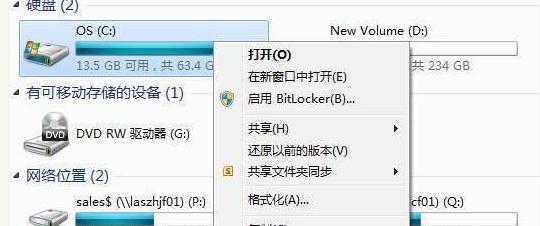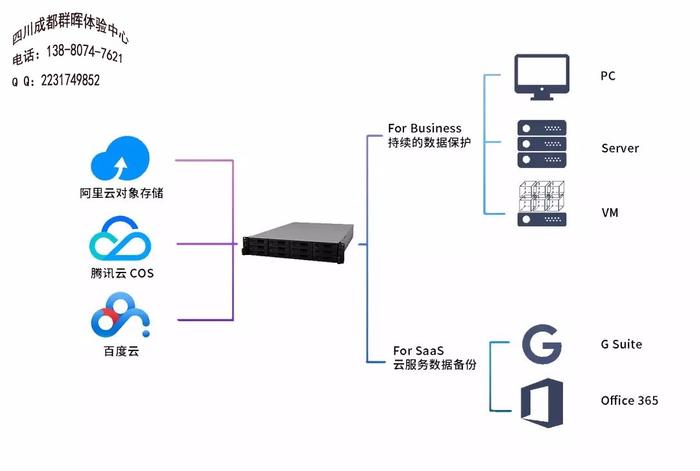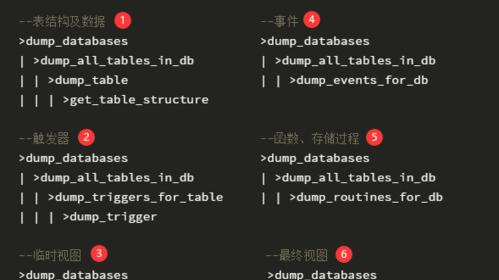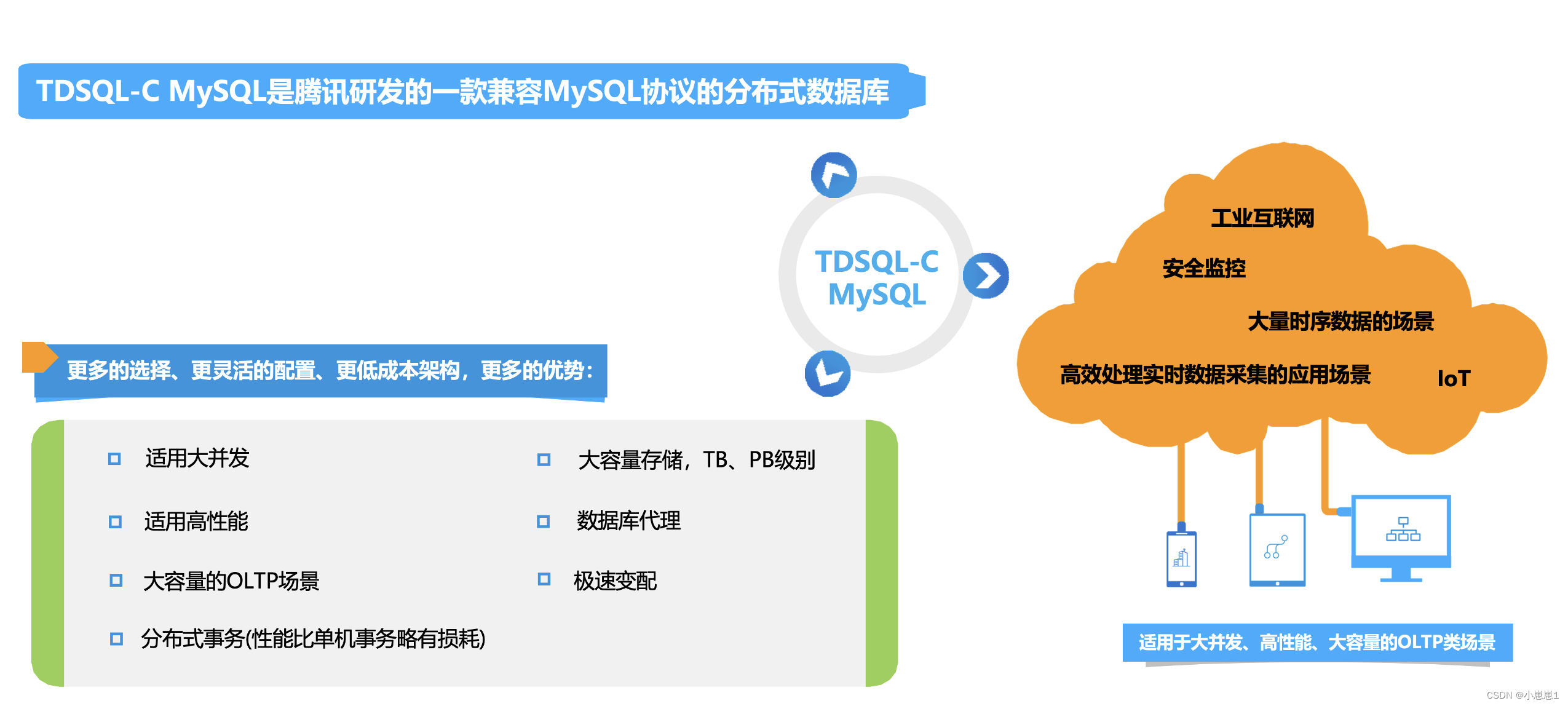c存储文件
- 行业动态
- 2025-02-04
- 14
fopen、
fclose等)、读写模式(如只读、写入、追加模式)以及缓冲区管理技术,旨在帮助读者高效地在C语言中进行文件的打开、读取、写入和关闭操作。
在C语言中,文件存储是一个基础且重要的操作,它允许程序将数据持久化到磁盘上,以便后续读取和使用,以下是关于C语言存储文件的详细内容:
1、文件指针:
文件指针是指向FILE结构的指针,用于标识和操作文件,通过定义一个FILE类型的变量,并使用标准库函数如fopen来打开文件,将文件与该指针关联起来。FILE *filePointer; filePointer = fopen("example.txt", "w");
2、文件的打开和关闭:
使用fopen函数打开文件,其原型为FILE *fopen(const char *filename, const char *mode);。filename是文件名,mode是文件打开模式,如"r"(只读)、"w"(只写)、"a"(追加)等,如果文件打开成功,fopen返回一个指向FILE结构的指针;否则返回NULL。
使用fclose函数关闭文件,释放与文件指针相关的资源,其原型为int fclose(FILE *stream);,如果文件关闭成功,fclose返回0;否则返回非0值。
3、文件的读写操作:
写入文件:可以使用fprintf、fputs、fputc等函数将数据写入文件。fprintf类似于printf,但将输出写入到文件中;fputs用于写入字符串;fputc用于写入单个字符。
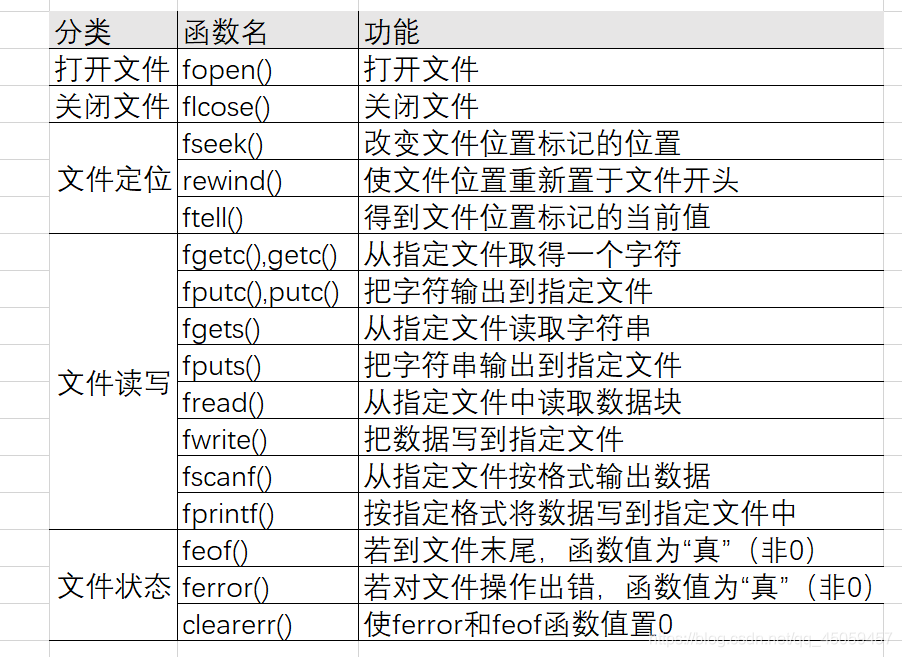
读取文件:可以使用fscanf、fgets、fgetc等函数从文件中读取数据。fscanf类似于scanf,但从文件中读取数据;fgets用于读取一行文本;fgetc用于读取单个字符。
4、文件的随机访问:
使用fseek函数可以定位文件指针的位置,以便进行随机访问,其原型为int fseek(FILE *stream, long int offset, int whence);。stream是文件指针,offset是偏移量,whence是定位模式,如SEEK_SET(文件开头)、SEEK_CUR(当前位置)、SEEK_END(文件末尾)。
使用ftell函数可以获取文件指针的当前位置,其原型为long int ftell(FILE *stream);。
5、缓冲区管理:
可以使用setbuf和setvbuf函数设置文件的缓冲区,这有助于提高文件操作的效率,尤其是在处理大量数据时。
6、错误处理:
在进行文件操作时,应该检查函数的返回值以判断操作是否成功,如果fopen返回NULL,则表示文件打开失败;如果fread或fwrite返回的值不等于预期的数据块数量,则表示读取或写入失败。
可以使用perror和strerror函数来打印描述错误的信息。
7、示例代码:
以下是一个将学生信息保存到文件并从文件中读取信息的完整示例:
#include <stdio.h>
#include <stdlib.h>
typedef struct {
char name[50];
int age;
} Student;
void saveStudentInfo(const char *filename, Student *students, int count) {
FILE *file = fopen(filename, "wb");
if (file == NULL) {
perror("Error opening file");
return;
}
fwrite(students, sizeof(Student), count, file);
fclose(file);
}
void readStudentInfo(const char *filename, Student *students, int count) {
FILE *file = fopen(filename, "rb");
if (file == NULL) {
perror("Error opening file");
return;
}
fread(students, sizeof(Student), count, file);
fclose(file);
}
int main() {
Student students[2] = {{"Alice", 20}, {"Bob", 22}};
saveStudentInfo("students.dat", students, 2);
Student readStudents[2];
readStudentInfo("students.dat", readStudents, 2);
for (int i = 0; i < 2; i++) {
printf("Name: %s, Age: %d
", readStudents[i].name, readStudents[i].age);
}
return 0;
}
8、FAQs:
Q: 如何在C语言中实现文件的追加写入?
**A: 在C语言中,可以通过以追加模式("a")打开文件来实现追加写入。FILE *file = fopen("example.txt", "a"); 然后使用fprintf、fputs等函数将数据写入文件。
Q: 如何读取文件中的特定行?
**A: 可以使用fgets函数逐行读取文件内容,并使用循环和条件判断来找到特定的行。
FILE *file = fopen("example.txt", "r");
if (file == NULL) {
perror("Error opening file");
return 1;
}
char buffer[100];
int lineNumber = 3; // 假设要读取第3行
while (fgets(buffer, 100, file) != NULL) {
if (--lineNumber == 0) {
printf("%s", buffer);
break;
}
}
fclose(file);
